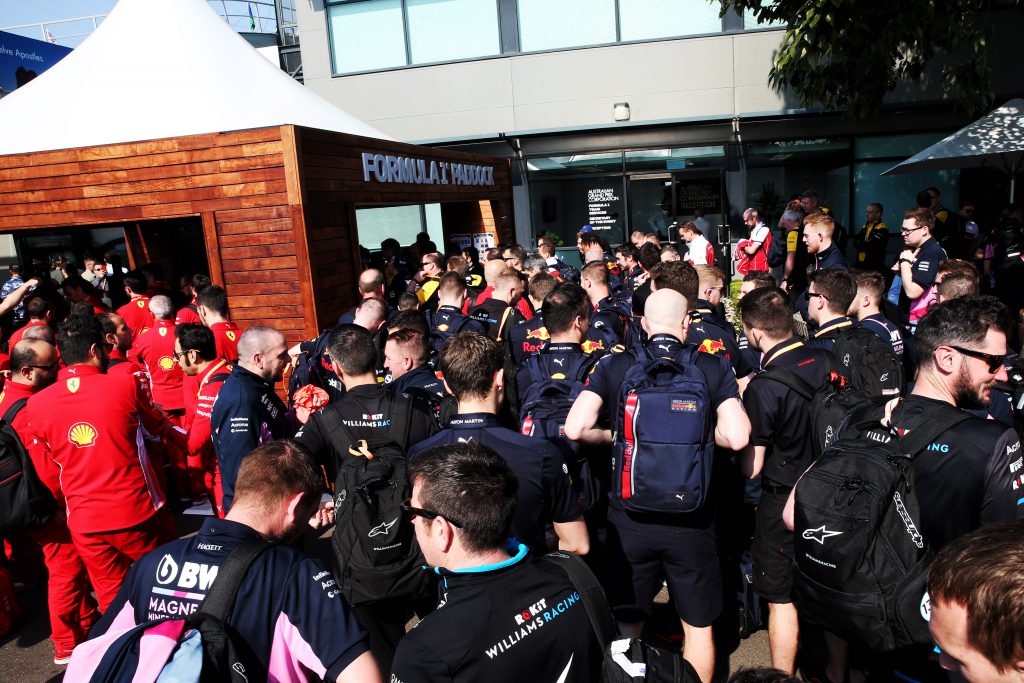Up Next

Formula 1’s upper target for the 2020 season is now at 18 or 19 races. Which, on paper, would be a tremendous victory for the championship in the fight against the consequences of the global health crisis.
But it also looks farfetched. Ross Brawn is talking about a 19-race season starting in July. In an alternate, coronavirus-free reality, 10 grands prix would be completed by that point, leaving just 12 left to finish a record 22-GP season.
So does F1 harbour a foolish ambition, or is it rooted in reality?
As has been widely documented, the championship’s revenue and that of the teams is getting a major kicking at the moment. The more races they salvage from 2020 the better the final pot will look.
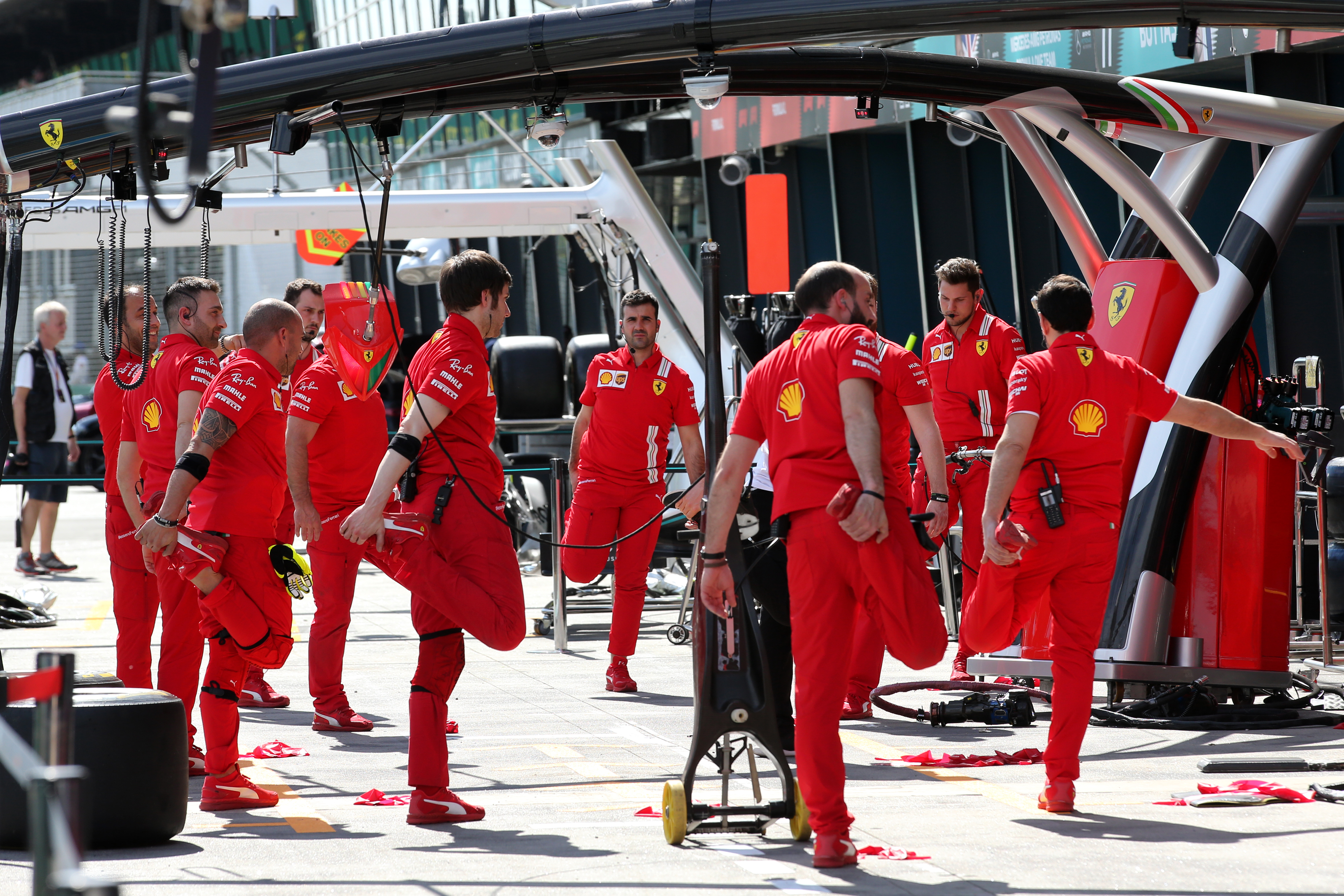
This will protect teams from needing to cut costs as drastically and hopefully protect against job losses. Balanced against that is the impact a hugely condensed schedule will have on teams and their employees.
Brawn’s bold target seems unrealistic in terms of standalone events. There is talk of doubling up races at the same circuit, which would help increase revenues while reducing the logistical expense and human effort of travelling to another event.
It will still be intense. Assuming the 2020 season does begin in July, and a 19-race schedule is achieved, F1 will have 19 races to complete in six months to the end of 2020 – seven months if it runs into 2021 as has been suggested.
If this is simply a case of ‘as many races as possible’ then more needs to be done to protect those on the frontline. The first priority needs to be that this gruelling race calendar doesn’t include insane triple-headers that those flying economy are ruined by
Fitting those races in, Brawn admits, will create a gruelling sequence of events.
In his words: “Three races on, one weekend off, three races on, one weekend off.”
Staff will be required to undertake a more intense schedule than ever, and will not have the holiday period they usually receive mid-season.
The summer shutdown has been brought forward and extended from 14 days to 35 to help halt development and reduce spending in the early phase of this crisis.
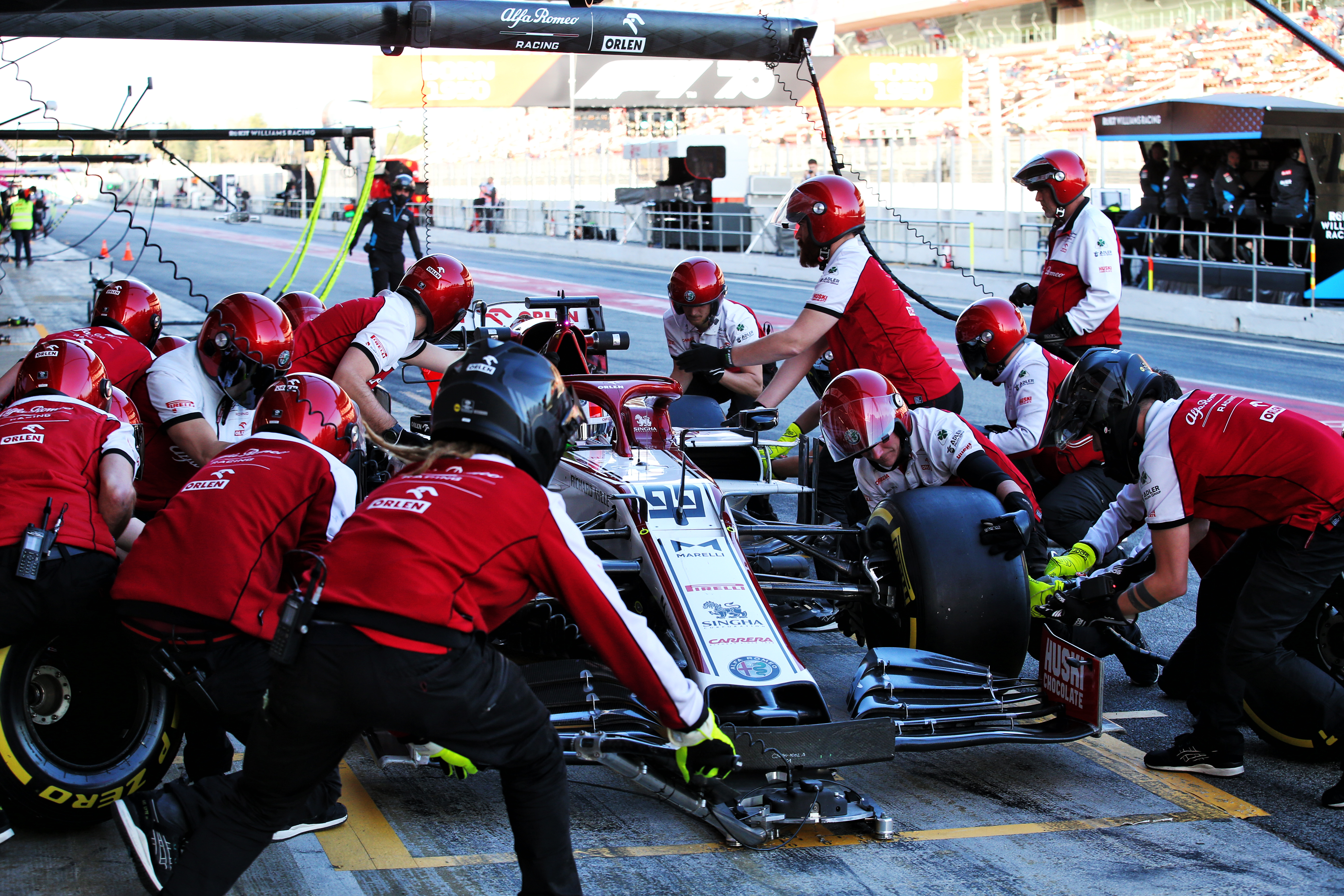
That is a good measure to implement, but not if you just front-load the season with downtime then make the calendar harder than ever and expect people to work through it unaffected.
A 19-race season would also likely require some races in January 2021.
So unless the 2021 season starts considerably later than normal, which seems unlikely, teams would need to quickly dust themselves off and start a ‘normal’ season all over again.
That seems an unfair expectation for teams. But it could be the price that has to be paid for protecting those jobs longer-term.
We don’t know where the tipping point is: can F1 settle for 15 or 16 races without any employment consequences in the paddock?
Or must 18 or 19 races be held to avoid teams and/or jobs disappearing?
If this is simply a case of ‘as many races as possible’ then more needs to be done to protect those on the frontline.
The first priority needs to be that this gruelling race calendar doesn’t include insane triple-headers that those flying economy are ruined by.
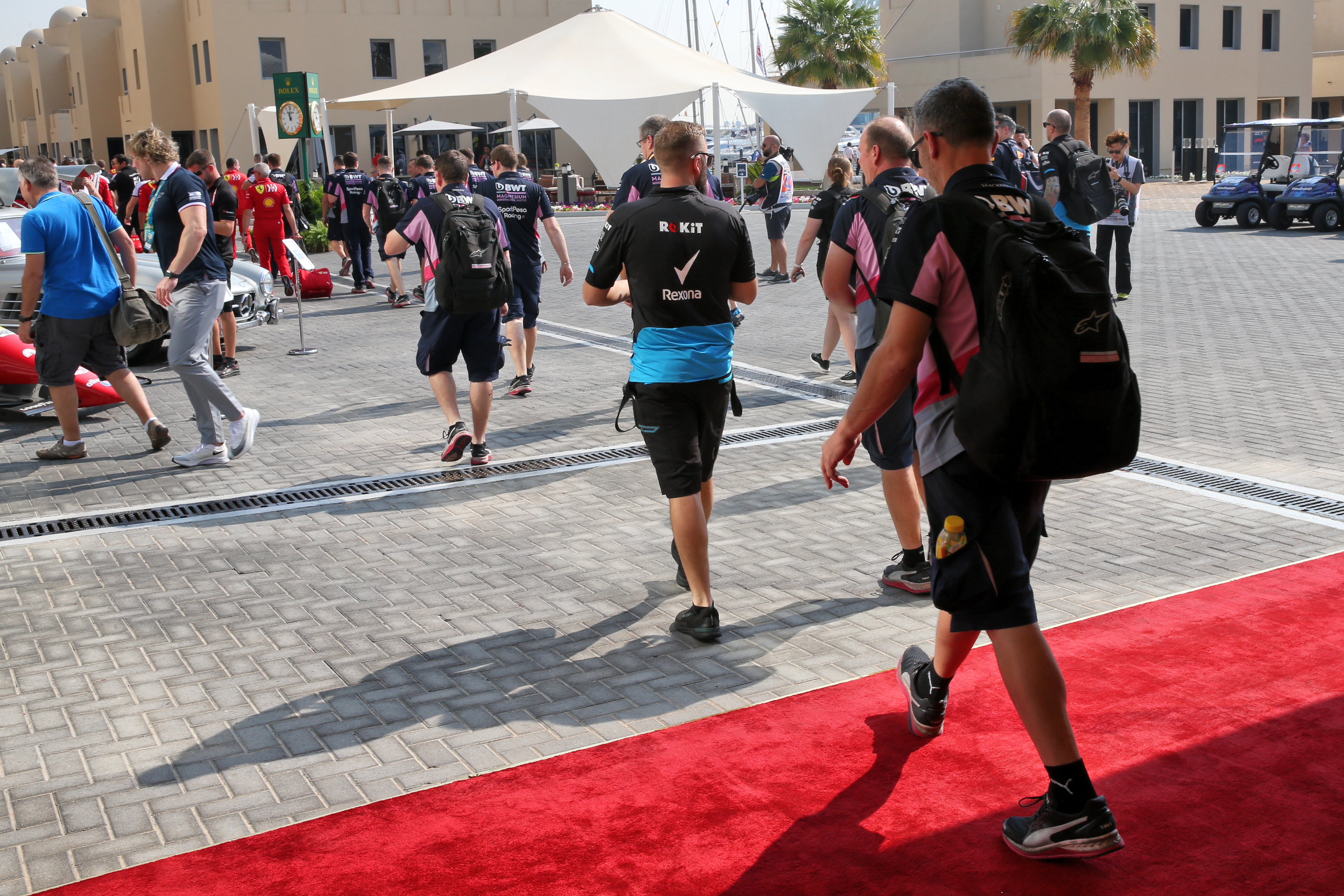
Then, when teams are on the ground, there must be measures implemented to protect their wellbeing better. Even if the events are cut from three days to two days, losing Friday certainly doesn’t save a third of everyone’s energy.
But adding hours to the overnight curfew will ringfence a little extra time at each event.
And once the season is complete, there needs to be a maximum effort to give staff a break – is pre-season testing really necessary ahead of the 2021 season, for example, if teams can roll over chassis, suspension, gearbox and engine specifications? Certainly six days of testing would be overkill.
The risk with trying to commit to a near-complete calendar and pushing for a July start – even if it means spectator-free races – is that F1 will look like it hasn’t actually learned its lessons, and that ‘cash is king’ again
All the measures in the short-term have been about reducing the financial pressure on the teams at a time when income is going to be significantly affected, but to an unknown degree. Piling all the races on top of one another later in the year creates a different kind of pressure.
It could create a similar scenario to how F1 created a rod for its own back with its insistence that Australia should go ahead, only to be forced to cancel the race at the last minute.
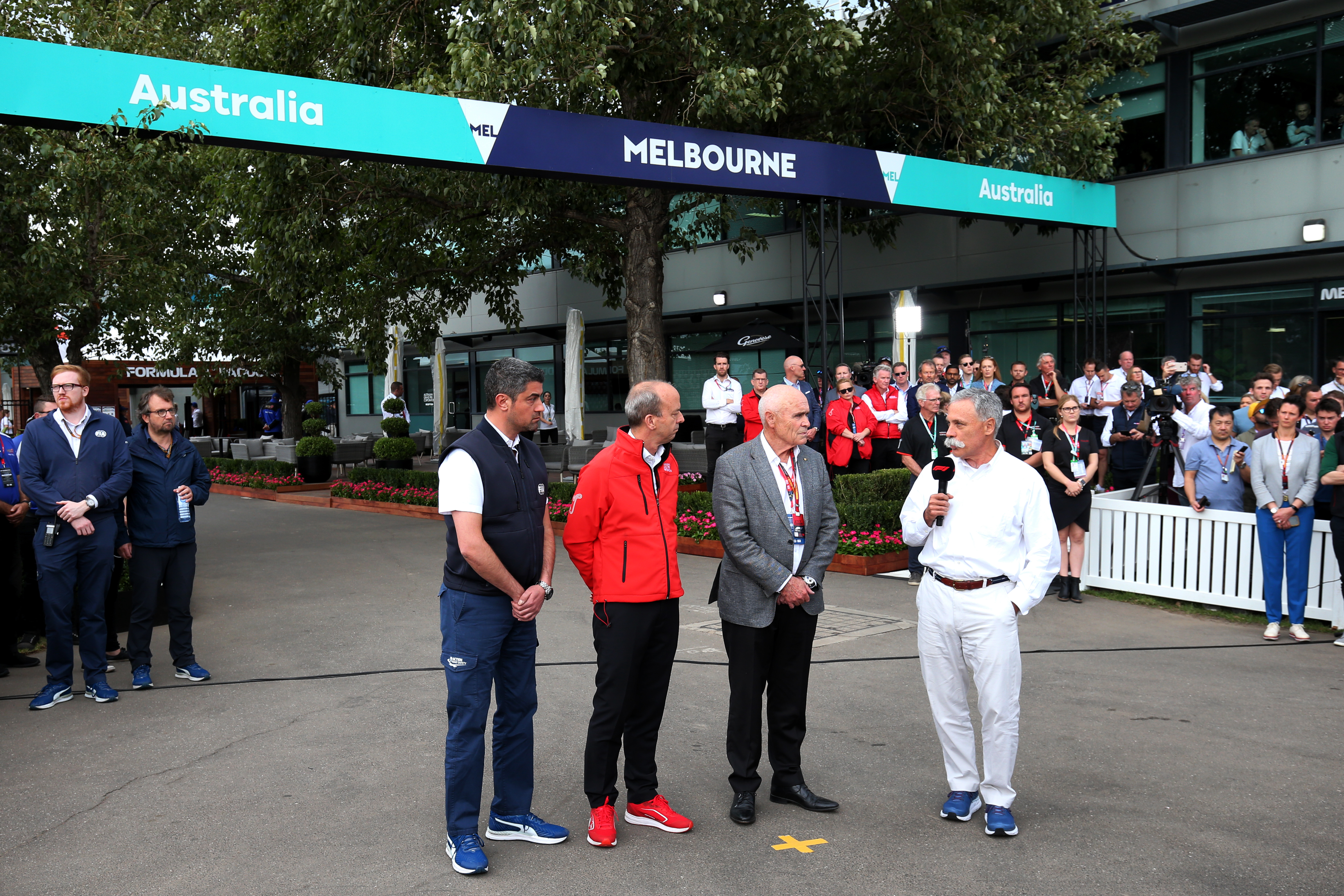
When that happened, F1 CEO Chase Carey said it proved “cash isn’t king”, as world champion Lewis Hamilton had quipped the day before. But the championship, the race promoter and the national government did not act responsibly until it had no other choice.
In the time since then F1 has behaved very differently. It has been respectful of the situation, clear in its communications and avoided broadcasting irresponsible ambitions.
The risk with trying to commit to a near-complete calendar and pushing for a July start – even if it means spectator-free races – is that F1 will look like it hasn’t actually learned its lessons, and that ‘cash is king’ again.
But F1 is trying to address the current situation in its worst case scenario, which requires meaningful action for this year, next year and beyond, action that will protect the teams and carve out a stronger future for them and the championship.
It comes down to how many races are required to save jobs, whether it is absolutely necessary to pack the 2020 schedule to the rafters, and what F1 does to try to help teams through such an intense season.
A calendar like the one Brawn proposes is extraordinary, difficult and will require sacrifices. But the same goes for the reality facing F1 and its teams.
Listen to “F1’s rules debate: Cost caps, delayed regs, tokens” on Spreaker.


